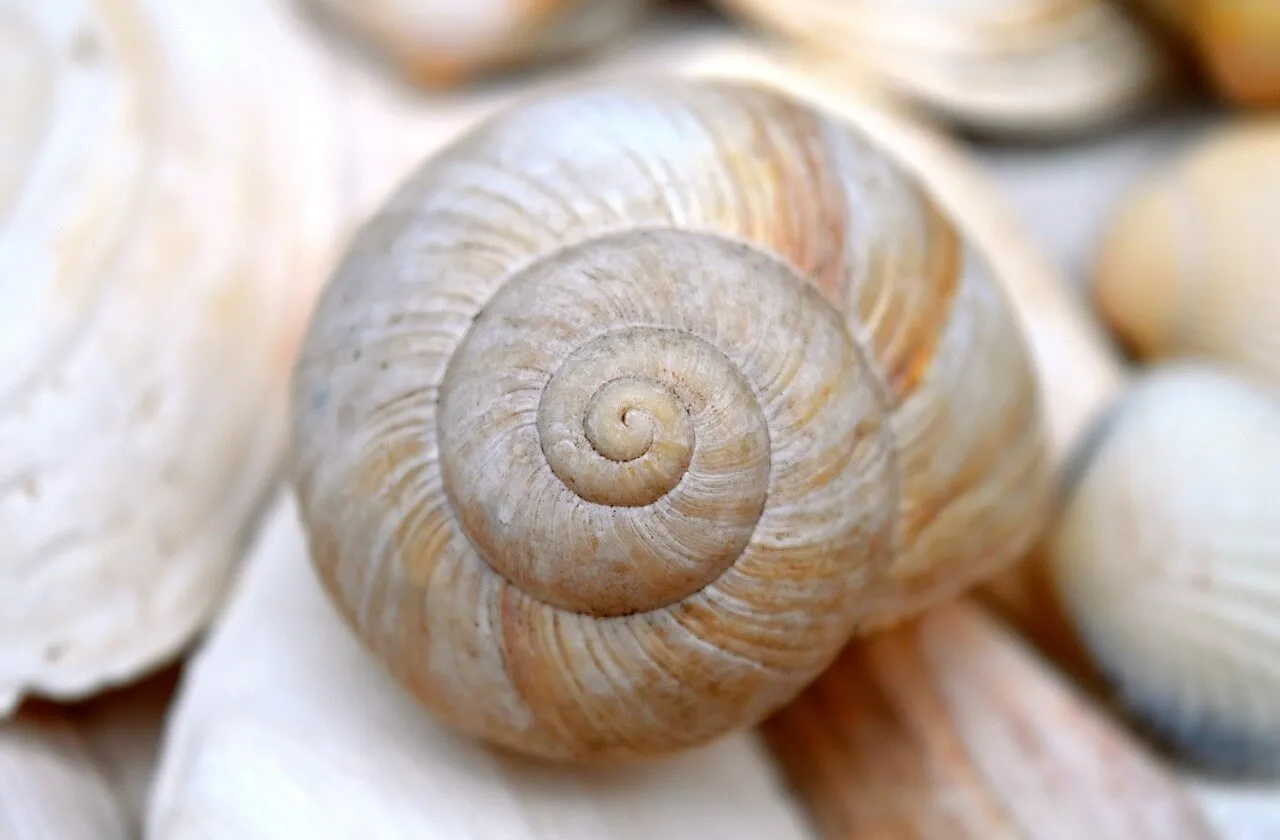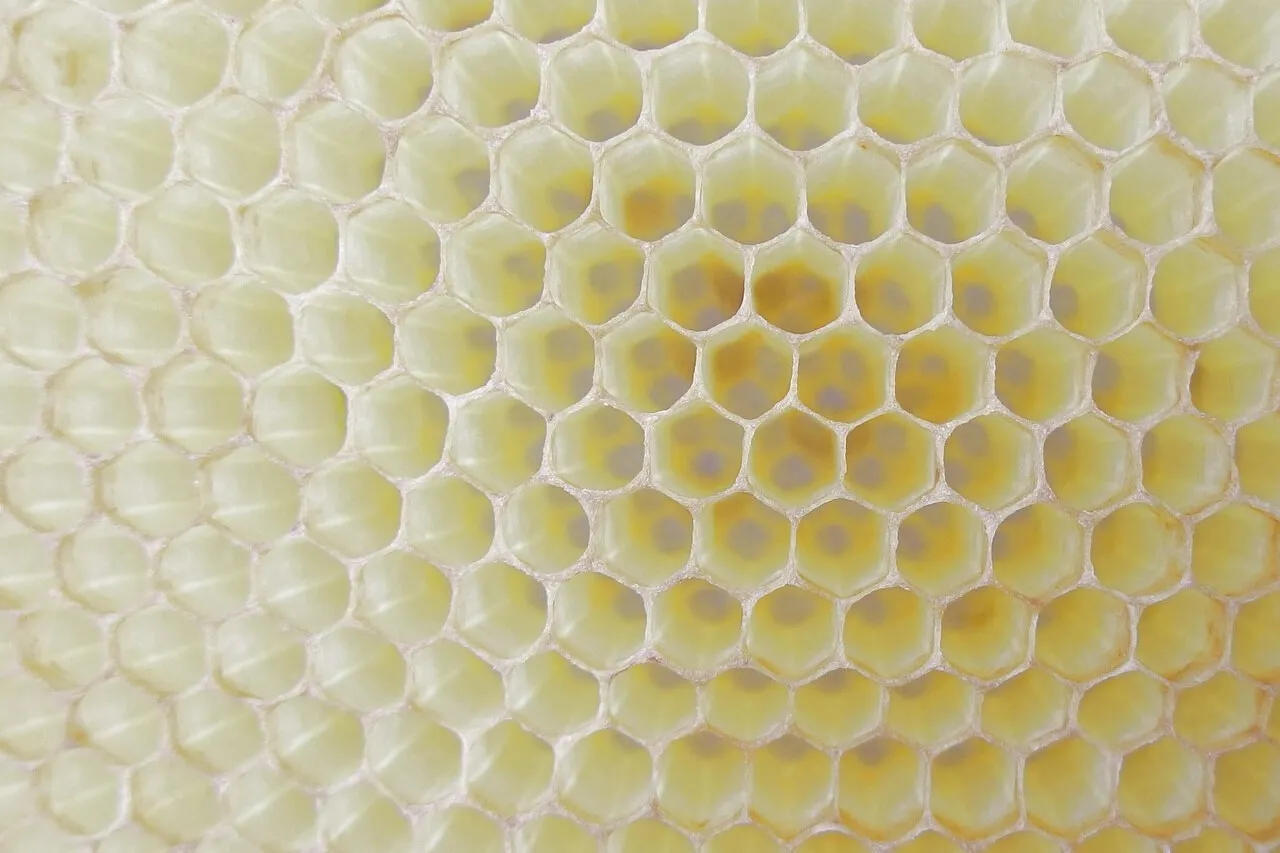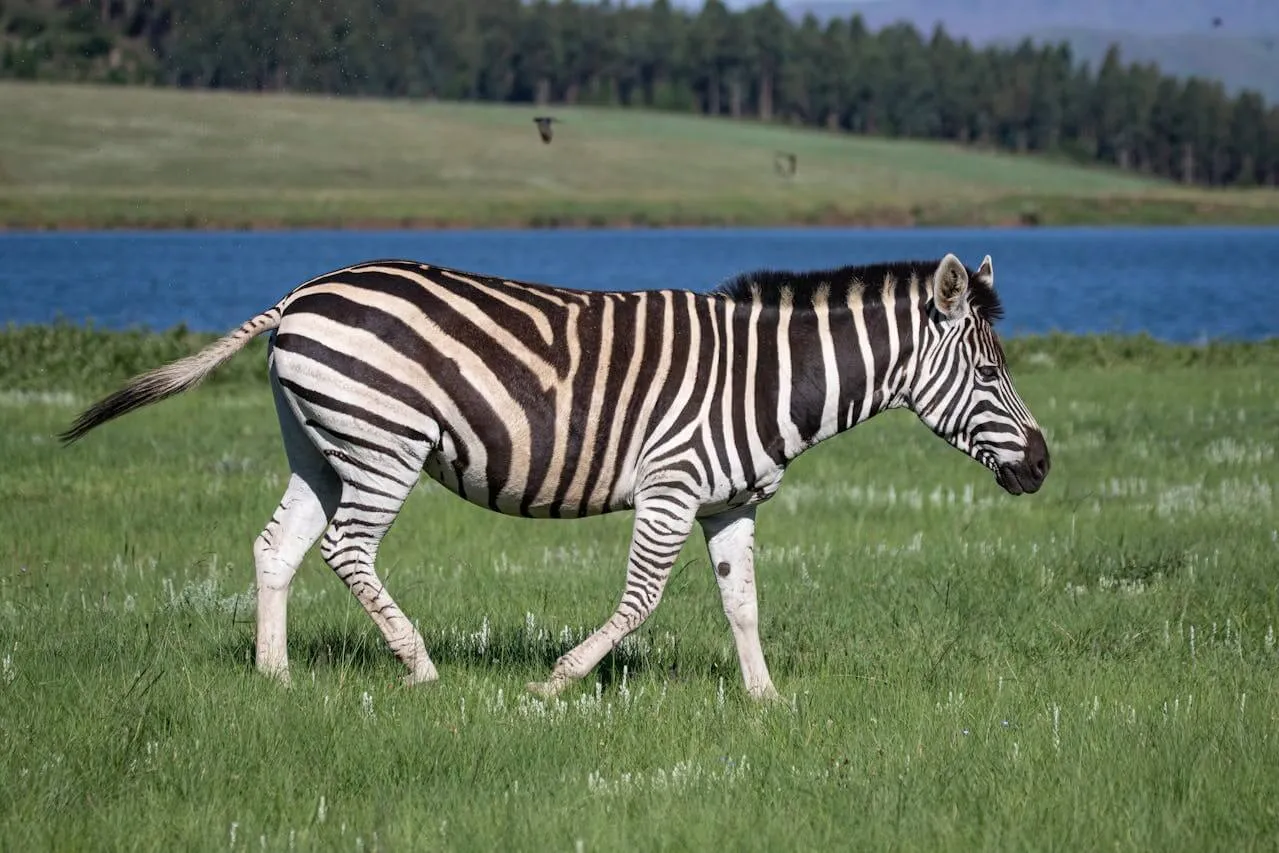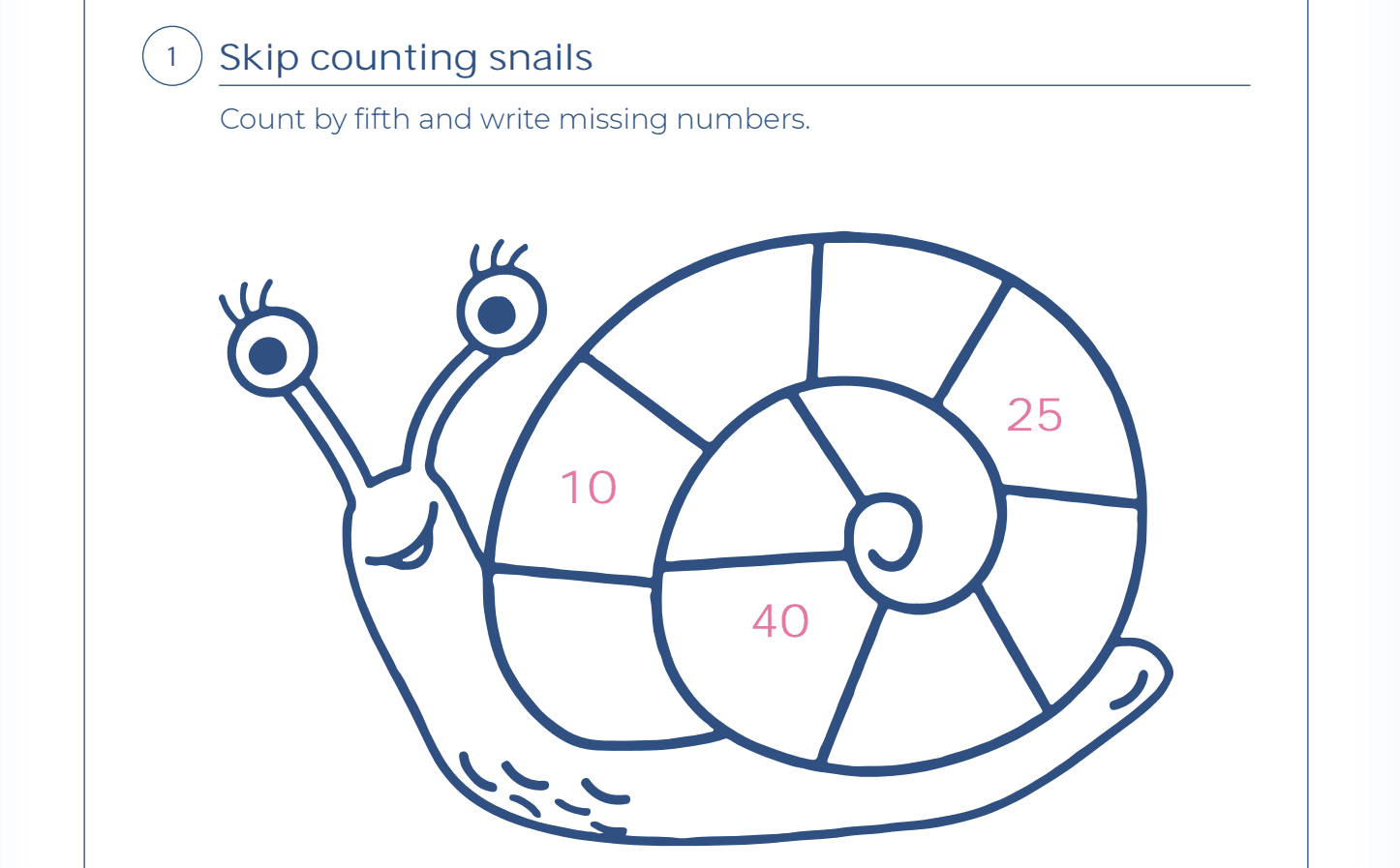Math in Nature: Patterns, Shapes, and Real-World Examples
reviewed by Jo-ann Caballes
Updated on December 12, 2025
Have you noticed all the wonderful patterns and shapes in life? They’re part of math in nature – a fascinating way to teach mathematics to kids. In this writing, I’ve put together a list of the most outstanding ways in which math shapes the world around so that you can explore them with your little one.
Key points
- Math is presented in nature through the Fibonacci sequence, fractals, hexagons, spirals, wave patterns, and other examples.
- Nature offers valuable opportunities to learn math for all ages.
- Brighterly 1:1 tutoring incorporates real-world examples from math to make the subject more interesting and tangible.
How is math used in nature?
Math is used in nature through patterns, such as the Fibonacci sequence, fractals, symmetry, tessellations, and waves. It also appears as shapes, such as hexagons, spirals, and concentric circles.
Why is math in nature important?
Math is important in nature because it is used in the construction of animals, plants, and other natural materials. Algebraic relations and geometric patterns in nature make natural structures strong and resilient.
For students, math in nature is key because it helps them understand complex concepts visually. That’s why nature provides excellent opportunities to learn mathematics and apply knowledge in practice.
But what’s the best way to learn about algebra and geometry in nature?
Explore mathematical patterns in nature with Brighterly
The Brighterly math and reading platform offers practical ways to study math and nature. The website delivers 1:1, real-time online tutoring in math, reading, and writing to grades 1-9. What makes Brighterly different from other top online tutoring platforms is the blending of core and advanced math theory with gamified activities.
Through games, songs, art, and even jokes, this after school math program incorporates examples of how math is used in nature to show kids one of the many reasons why this subject is so key.
Besides, Brighterly math tutors are qualified professionals. Most of them hold a Bachelor’s degree or more, plus 5-10 years of experience. They’re trained in pedagogy to offer flexible learning paths tailored to each student’s needs. All this experience makes them perfectly prepared to help your child explore algebraic and geometrical patterns in nature.
What’s even more special about this website is that it offers free math worksheets with problems that show math in the real world. These printables are organized by grade level and math topic and come with age-appropriate pictures to grab your child’s attention. Just check out this cute snail for grade 2.
Meanwhile, Brighterly pricing starts at $17.30/class, with an annual plan for 3 classes/week. You also get a free class to make sure that the teaching style matches your kid’s requirements and your expectations.
What are the different math patterns in nature?
- Fibonacci sequence
- Fractals
- Hexagons
- Symmetry
- Spirals
- Concentric circles
- Tessellations
- Branching patterns
- Wave patterns
What is the Fibonacci sequence?
The Fibonacci sequence is a special series of numbers where each number represents the sum of the two previous numbers. It starts with 0 and 1, and looks like 0, 1, 1, 2, 3, 5, 8, 13, 21, and so on. In fact, this can continue forever.
The further you go into the sequence, the closer the proportion between consecutive numbers gets to the Golden Ratio. It’s close to 1.618 and means that when a shape is divided into two, the smaller part relates to the bigger part in the same ratio as the bigger part relates to the whole.
Fibonacci sequence in nature
While Fibonacci sequences may sound abstract and complex, many geometric shapes in nature follow this logic.
Examples of Fibonacci sequence in nature
There are many examples of Fibonacci numbers in nature. Flowers, such as daisies and buttercups, often have 5, 8, 13, or 21 flower petals. Sunflower and pine cone seeds are organized in spines, where coils have subsequent Fibonacci numbers.
The Fibonacci sequence goes beyond plants, with examples available in animals too. Thus, the shell of a snail spirals in a way that depends on this mathematical rule. This allows it to create a beautiful pattern that’s also naturally resilient.

Fractals in nature
Fractals are repeating geometric patterns that go on forever. They look the same at every scale as they have the property of self-similarity.
Fractals in nature examples
A very simple and common example of math fractals in nature is trees, as their branches look like a small replica of the entire tree. The Romanesco broccoli and ferns are also built in this special way. Human and animal lungs and respiratory systems follow self-similar fractal patterns, as this allows for increased efficiency.
Hexagons in nature
A hexagon is a geometric figure that has 6 sides and 6 angles. Believe it or not, this geometric shape occurs naturally.
Hexagon shapes in nature: Examples
The most common hexagons in nature are honeycombs. This shape allows bees to build a strong base for their honey without wasting space. Carbon molecules, snowflakes, and insect eyes also provide examples of hexagonal shapes in nature.

Symmetry in nature
Symmetry is a basic math concept that refers to an object having the same halves when flipped on each other. The natural world around us is full of symmetry, everywhere you look.
Shapes in nature: Symmetry vs asymmetry examples
One of the most beautiful examples of math in nature is butterflies. They are perfectly symmetrical, including the patterns and colors of their wings. Starfish, flowers, and spider nets also display this property. Meanwhile, the fiddler crab is an example of asymmetry in nature as one claw is bigger than the other.
Spirals in nature
A spiral is a continuous curve that winds out from a central point. It’s one of the most popular shapes available in different living things and natural phenomena.
Examples of geometric shapes in nature: Spirals
Sunflowers, pine cones, pineapples, and cabbage follow spiral shapes. DNA, referred to as the building blocks of life, is made up of two strands winding around each other, creating a spiral. Natural disasters, such as hurricanes, cyclones, and whirlpools, also shape up like spirals. Even our galaxy is a spiral.

Concentric circles in nature
Concentric circles are circles that have the same center but different sizes of the radius. This makes them look like they are growing out of each other. Concentric circles are yet one more example of mathematics in nature.
Examples of geometry in nature: Concentric circles
Tree rings, onion layers, spider webs, and some plant flowers all represent concentric circles. When you throw a pebble in a lake, the water ripples that form are also this geometric shape. Even hurricane eyes are concentric circles.
Tessellations in nature
Tessellation is a repeating pattern of geometric shapes that doesn’t have any gaps, including shapes formed through rotational symmetry.
Repeating patterns in nature: Examples
Examples of this type of math patterns in nature include honeycombs, turtle shells, fish scales, snake skins, and pineapple segments. Moreover, some rocks have repeating patterns.

Branching patterns in nature
Branching patterns are similar to fractals as they represent the same shapes turning into a whole growth that has the same form. They’re often seen in nature, even if we don’t always realize it.
Branching math in nature examples
Most commonly, trees are examples of branching patterns in nature, as the actual tree is just a huge branch. Inside our body, lungs and neurons are structured in this way. Rivers also flow as they branch out.
Wave patterns in nature
Wave patterns refer to patterns that form from interfering waves. They are repetitive, predictable, and naturally observed.
Examples of math in nature: Waves
Sand dunes, ocean ripples, and cloud formations are examples of this geometry math in nature. The coats of zebras and tigers also display wave patterns.

Math in space
Nature math is not limited to our planet, as mathematical shapes and patterns are present throughout space. That’s why outer space is a perfectly organized system, not chaos.
Examples of math in space: Galaxies, spirals, and orbits
Stars in space form spherical shapes, and galaxies follow spiral patterns that are based on the Fibonacci sequence. Planet orbits are shaped as ovals or ellipses.
Note: You can find more examples of math in the real world in this article.
Conclusion: Teaching your child math through nature
These are just a few examples of math in nature, albeit some of the most interesting ones. Now you know that the outdoor world provides an exciting way to teach kids algebra and geometry. So, when taking walks in the park, hiking in the mountains, or relaxing on the beach, make sure to point out these occurrences of math to your kids, and they’re guaranteed to be impressed.
And if you want to teach your child math through examples in nature in a structured and organized, yet entertaining manner, check out Brightherly.
With Brighterly, your child can get access to:
✅Excellent math tutors who are professional and fun
✅Exciting math in nature activities incorporated in personalized tutoring
✅Free worksheets with math problems based on nature
Ready to give it a try? Book free lesson now to see how fun and effortless math learning can be.













